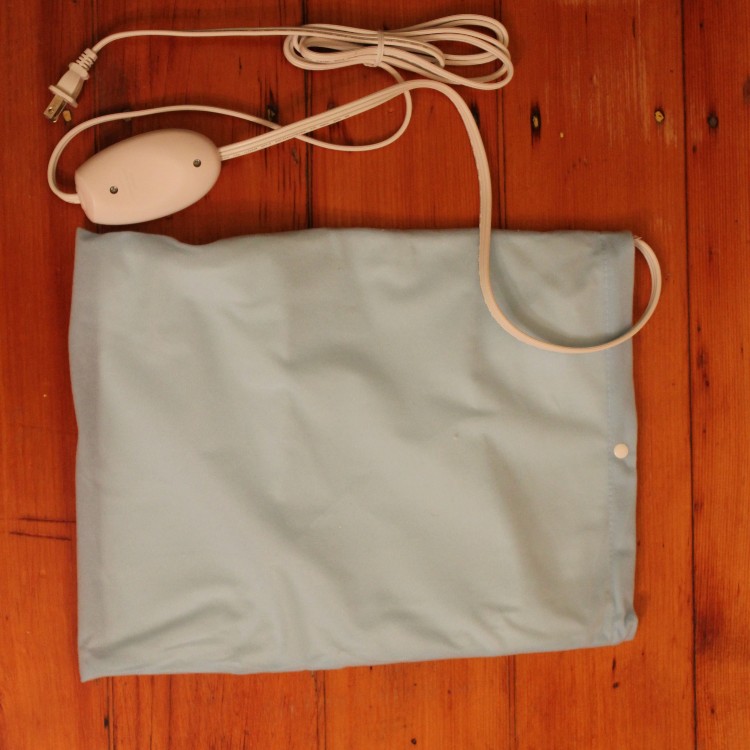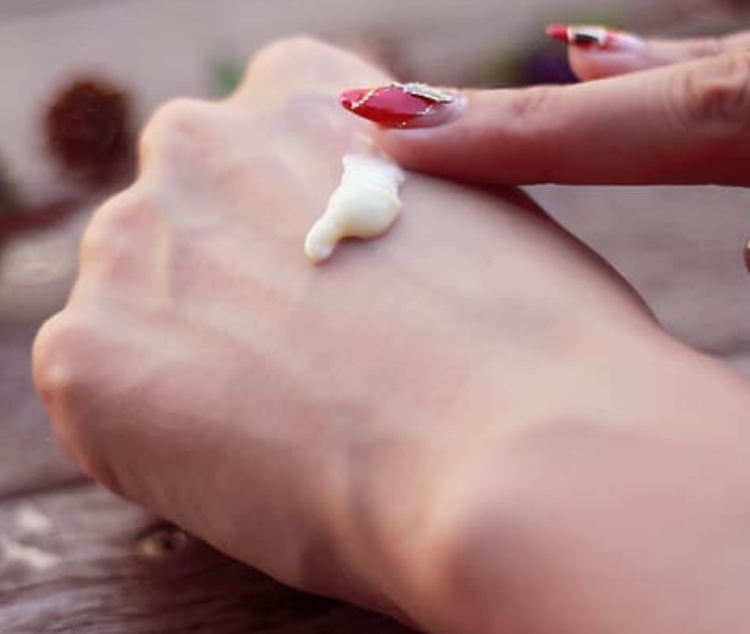How To Heal Your Joints And Bones Without Drugs Or Surgery
No matter what you do in life, the odds indicate that you’re likely to experience joint or bone pain. You can sit on the couch or run ten miles a day – either way, age and activity level both wear down your musculature over time.
The key to overall wellness and mobility, especially as you age, is to perform routine maintenance on your body. Exercise and stretching are essential for reinforcing joint strength and increasing bone density, but even experienced athletes suffer pain from wear and tear. There are non-medical interventions that can also offer relief for your aches and pains. Here are some natural, inexpensive ways to heal your joints and bones, without making a visit to your doctor…

Get Deep Tissue Massages Or Perform Your Own
Massage can greatly reduce pain by relaxing the muscles around a sore area. This relaxation releases tension on the joints and ligaments, leading to an increase overall mobility. Deep tissue massage is the most effective approach, as the therapist digs deep into the muscle fibers to work out any problem areas.
This type of massage must be done by a licensed professional trained in deep tissue work. It can be painful, especially if you have a lot of muscle tension, but remembering to breathe and relax will help manage the initial discomfort. If you find it impossible to avoid tensing up during the massage, it may be too deep. Have the therapist reduce the pressure so that it’s still firm, but tolerable.
Accomplished massage therapists may also incorporate stretching into the massage. It’s vital relax your muscles and joints, to allow the professional to manipulate your body freely. If any stretch is unbearable, let the therapist know. Stretching is helpful, but not if it leads to overextended joints and ligaments.
Depending on your goals (pain relief or maintenance), the therapist may recommend consistent massages for a period of time, followed by less frequent massages for maintaining comfort. Whatever is causing you pain is probably an action you’re performing daily. It takes time to work out tight areas, and if the action is unable to be fixed (like sitting in front of a computer or standing at a cash register) the problem will come back again.
Luckily, there are products you can use to get a deep tissue massage at home. One of the best options is a foam roller. Hardly “foamy” in texture, the roller is hard enough for you to press against, allowing it to dig deeply into your muscle fibers. There’s a myriad of free videos online that can teach you how to “roll out” every muscle in your body using only your bodyweight.
Foam rolling can also be intense. To get a good massage, you should be sweating by the end of the session. Massage your entire body with focus on sore areas, ideally in twenty-minute sessions, twice a week for good results.

Alternate Heat And Cold On The Entire Body Or Afflicted Areas
Bio-hackers and wellness enthusiasts praise what is known as hot-cold contrast therapy, and it’s exactly what it sounds like – alternating the application of heat and cold to the body.
It’s important to understand the effect of heat and cold, specifically on blood flow. When you apply an ice pack to the skin, blood vessels constrict, creating less blood flow to the area. This is great for inflammation. When you apply heat, blood vessels dilate, sending blood rushing to the area. An everyday example occurs when your face gets flushed in heat or looks pale in the cold.
By alternating heat and cold, inflammatory byproducts from the muscle tissue are carried out. The nerves are also slowed in the process, decreasing feelings of pain.
You can easily do this at home by running the coldest shower possible for 20 seconds, followed by hot water for 10 seconds. Repeat the alternation for a total of five minutes. Let the water run over your entire body to get the benefits in all your muscles or focus on an affected area for quick relief.
If you want to get fancy, you can experiment with more extreme cold-contrast techniques. Saunas are a great way to get your sweat on and are proven to reduce inflammation in the joints. After the sauna, a dip into an ice pool or cold shower releases endorphins and moderates blood flow.
If you’re feeling adventurous, you can also find a cryotherapy spa near you and spend up to three minutes in freezing temperatures. This can be an effective therapy for people suffering from arthritis or other joint diseases.
Use Specific Nutrients To Help Your Body Recover
As important as what we put our bodies into, is what we put into our bodies. Nature has provided a variety of ingredients that promote muscle recovery. These anti-inflammatory agents have been adapted for the masses; science has made them into easy-to-take supplements for quick relief.
Turmeric is one of the most well-known spices, boasting excellent anti-inflammatory benefits. It’s available in any spice aisle at the grocery store and can also be taken in capsule form. It’s strong-smelling, has a deep golden hue, and can greatly reduce joint pain by hindering inflammatory markers in the body.
Amino acids are well-known in the fitness community for their use in building muscle and decreasing post-workout soreness. They’re the basic building blocks for muscle protein and can be taken as a supplement, saving you from consuming an entire cow to get enough. The real MVPs here are the essential amino acids. Studies show that taking EAAs after a workout boosts skeletal muscle regeneration, an important part of having strong bones and joints. It also raises energy levels and helps you recover faster, so you can get back to training.
Another nutrient mixture popular in ayurvedic medicine is triphala. This is a concoction traditionally made from dried fruits: amla (Indian gooseberry), bibhitaki, and haritaki. You can purchase this mix in supplement form. It promises a variety of health effects, from healing stomach issues to increasing longevity. Haritaki specifically is a well-known anti-inflammatory and can promote joint and ligament health.

Use Topical Creams And Lotions
If you search “joint pain lotion,” you’ll find ads upon ads for creams and topical ointments intended to vanquish your aches and pains. You could try them all, one by one, to see which ones work and which ones are just modern snake oil.
The truth is, many of these creams are filled with carcinogenic ingredients and might not do anything more than make you a bit greasy. There are two main topical treatments for muscle soreness that actually work.
Frankincense oil actively prevents cartilage tissue from breaking down, naturally repairing sore muscles and joints. You can rub it right onto the skin and reap the benefits. It’s also a powerful astringent that can be used on the face to reduce acne and even prevent wrinkles. It’s important to obtain any essential oils from a pure source to avoid added ingredients that could contradict the benefits.
Magnesium lotion is another topical treatment for joint and muscle pain. Just like the magnesium you might take orally to help your bowel movements, it naturally relaxes muscles and helps minerals absorb into the tissues, without filtering through the GI tract. Rub it on affected areas after your post-workout shower and top with ice to enhance the effects.
Your bones and joints are your most important allies when maintain or improving your wellness and mobility. Taking pain killers only masks the problem, and surgery can be expensive and debilitating. Through a blend of modern science and ancient ayurvedic techniques, you can take your skeletal health into your own hands and find long-lasting relief.
